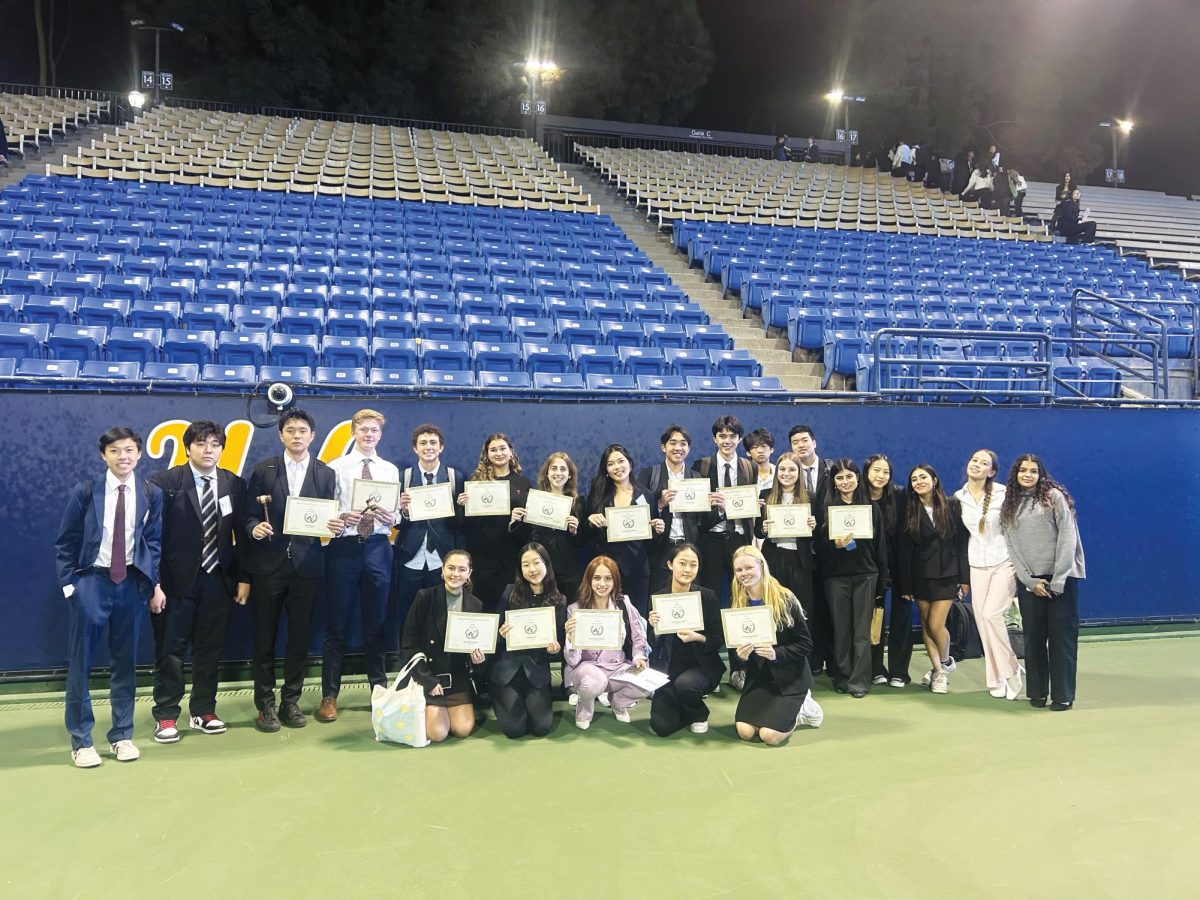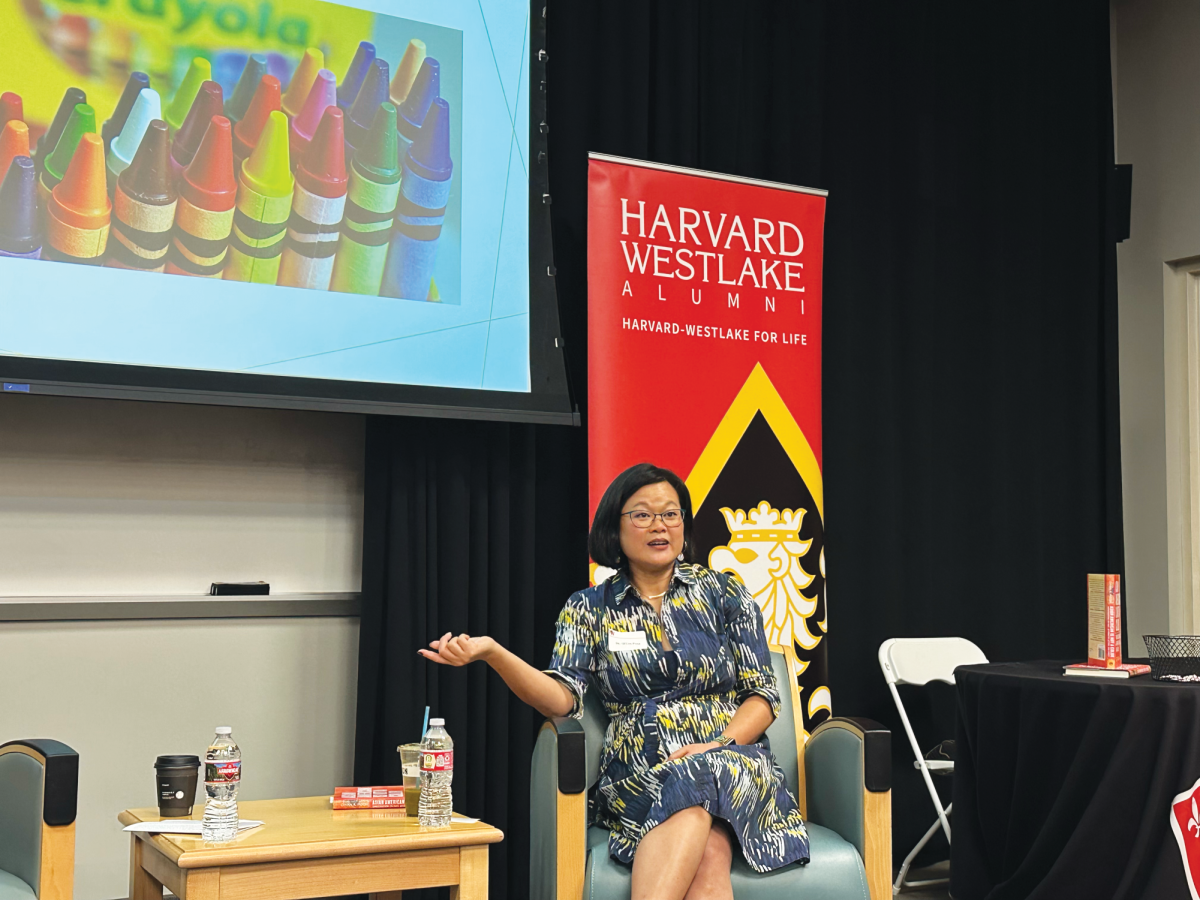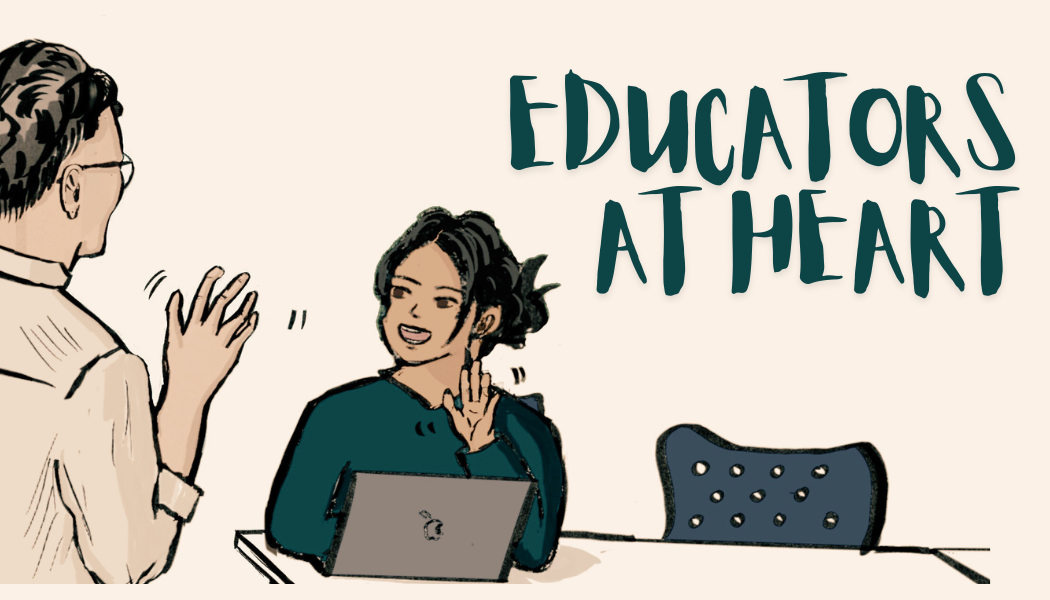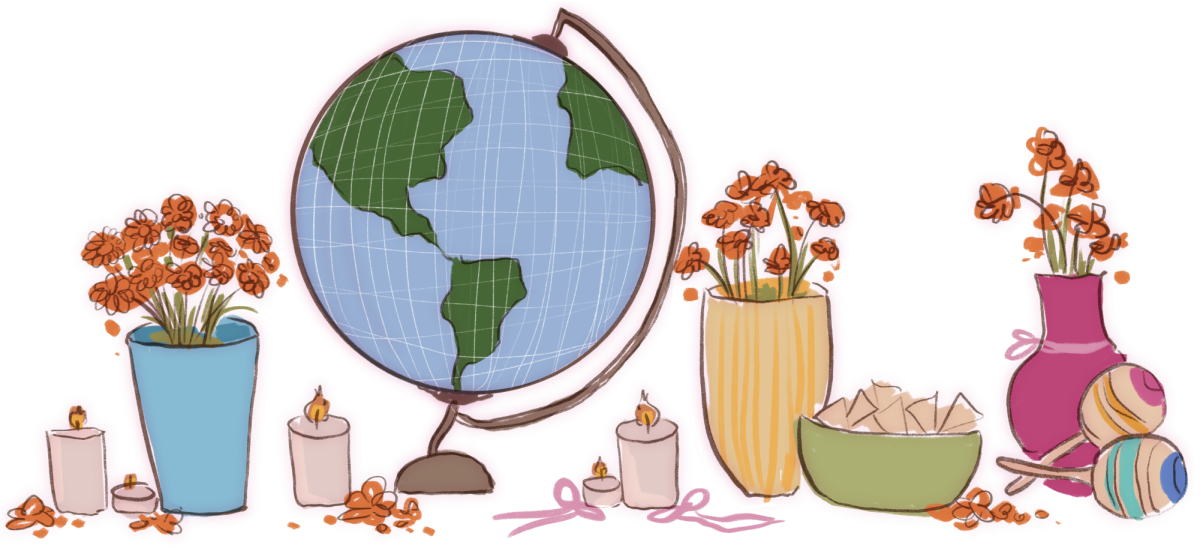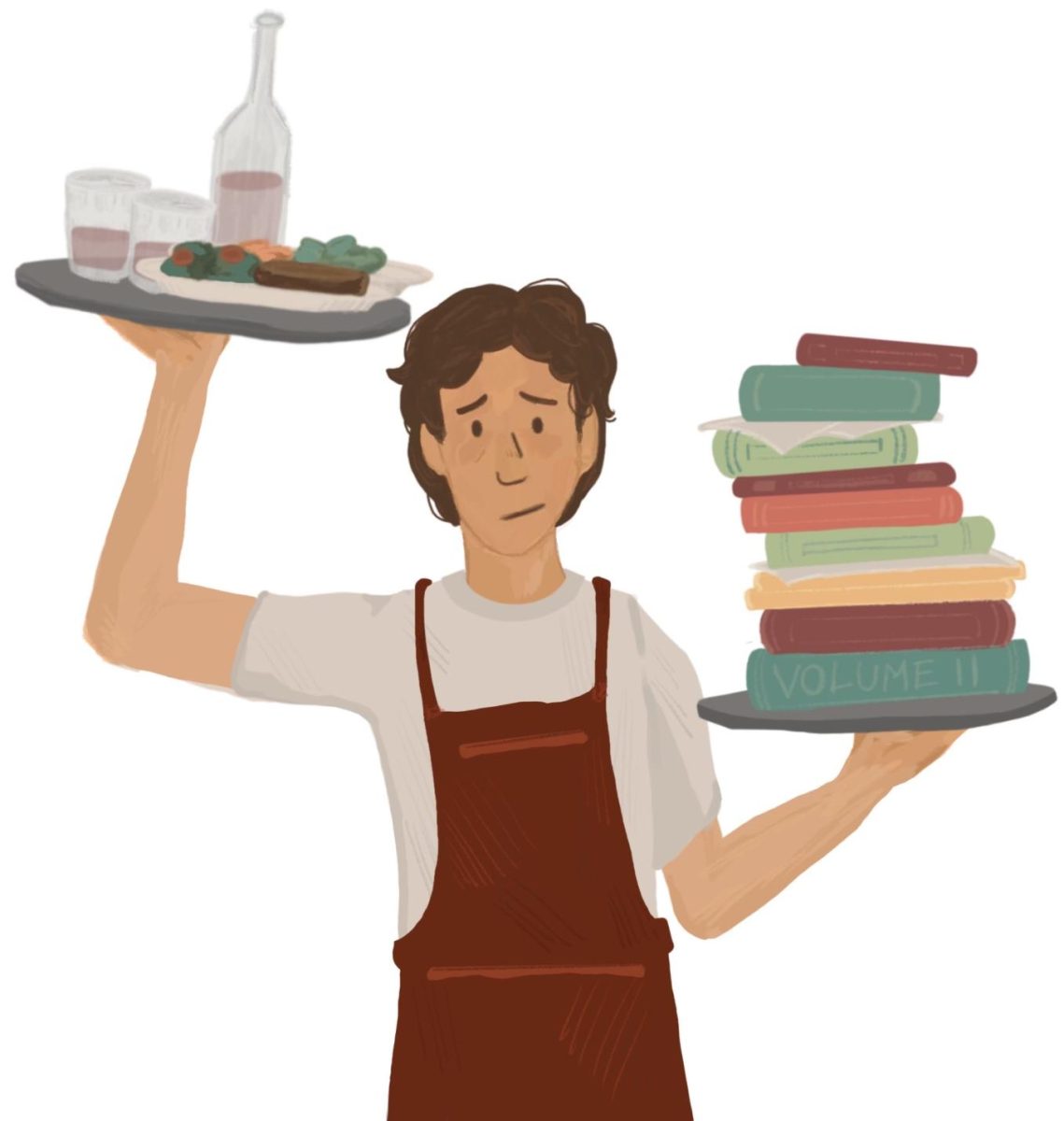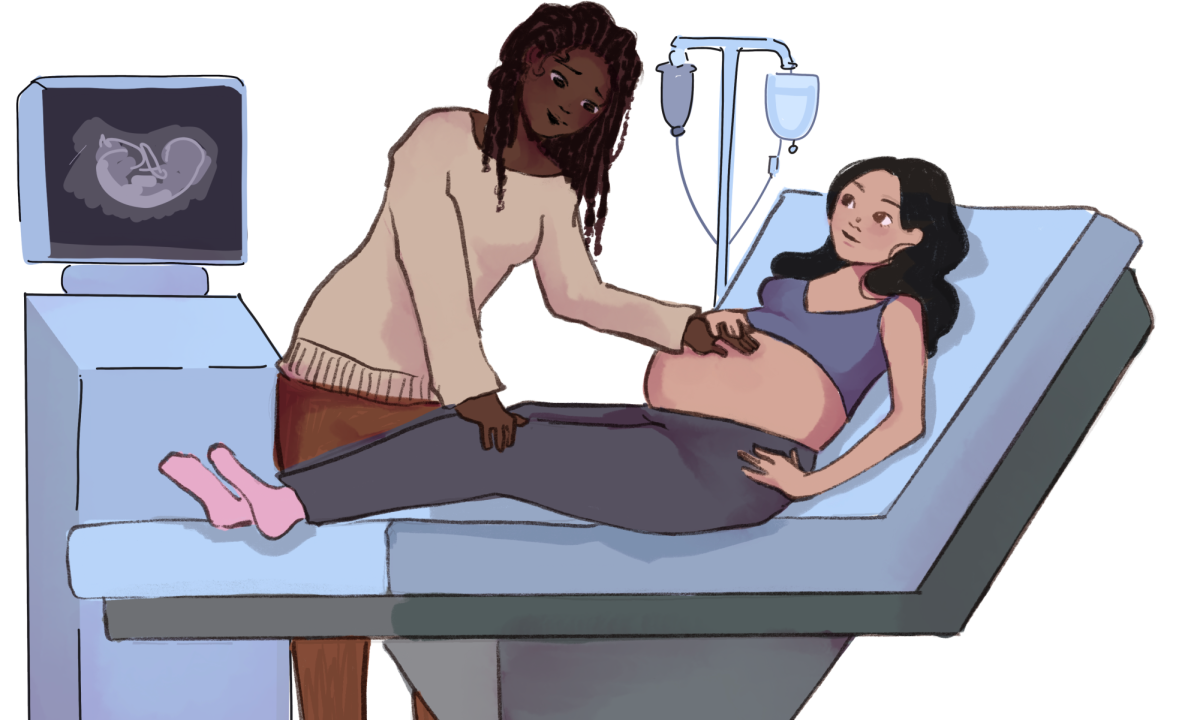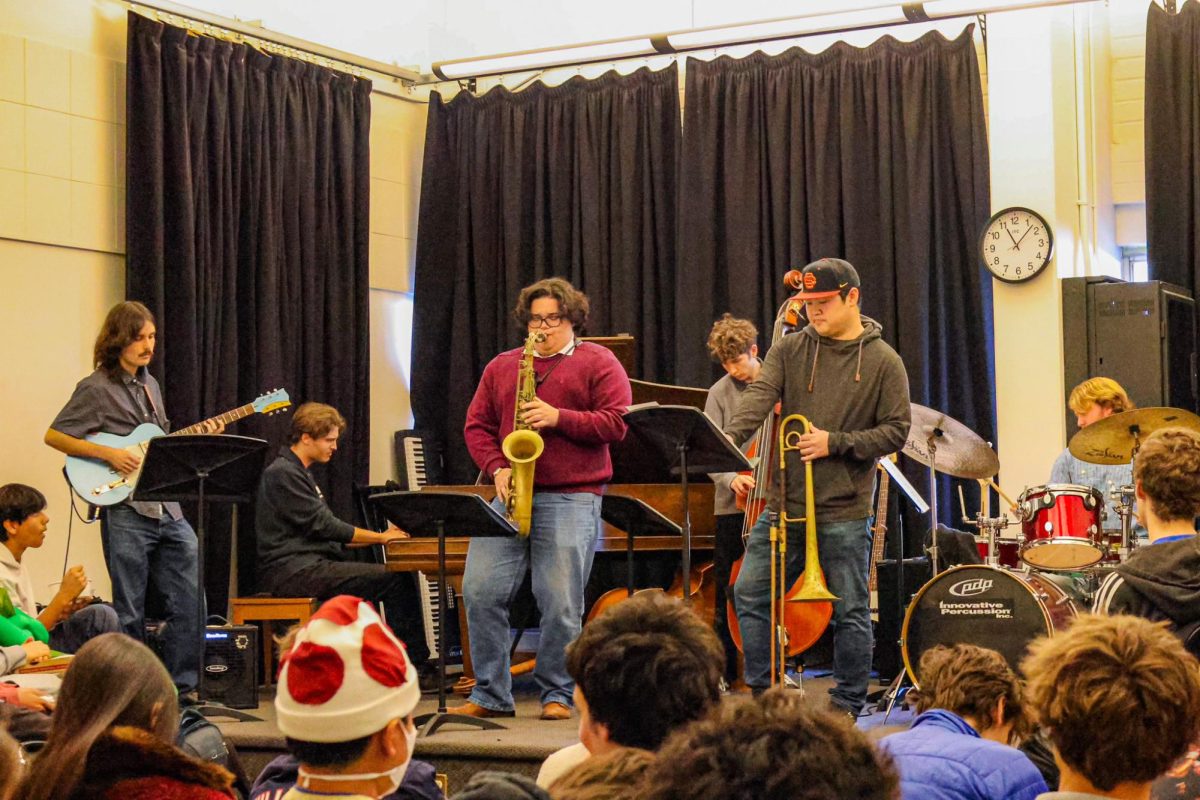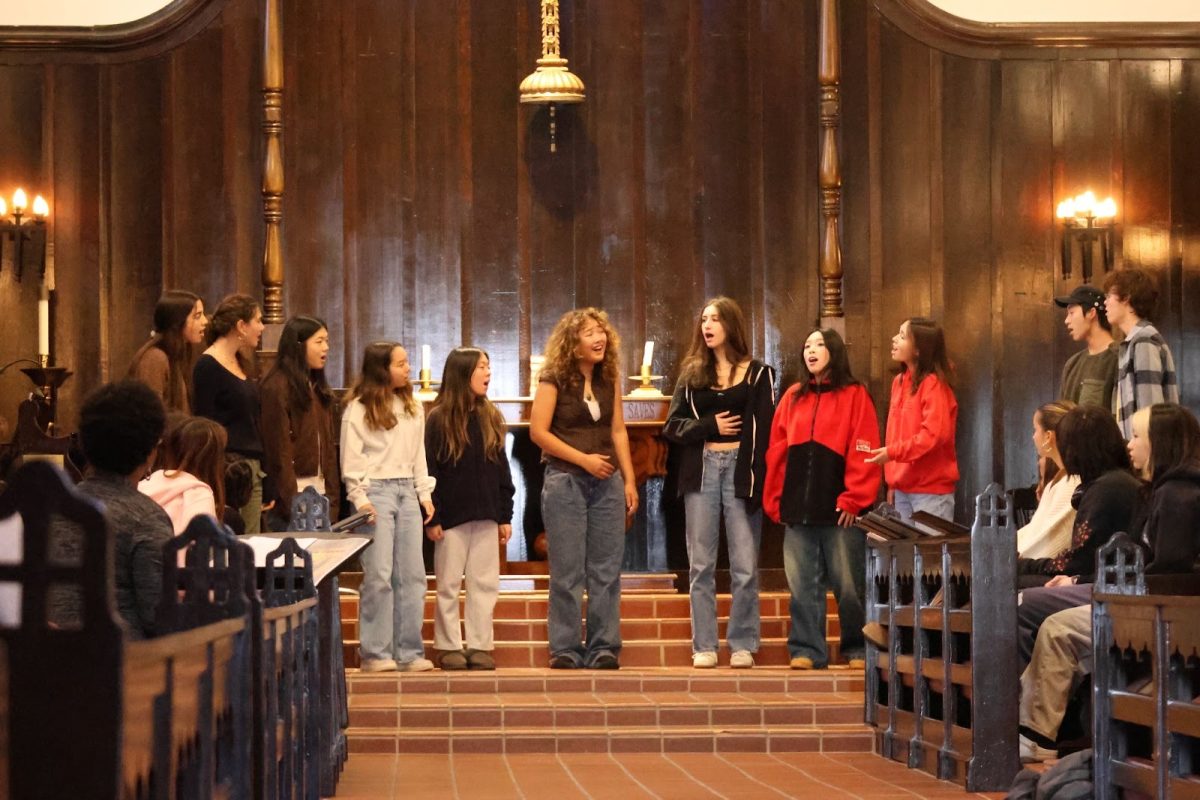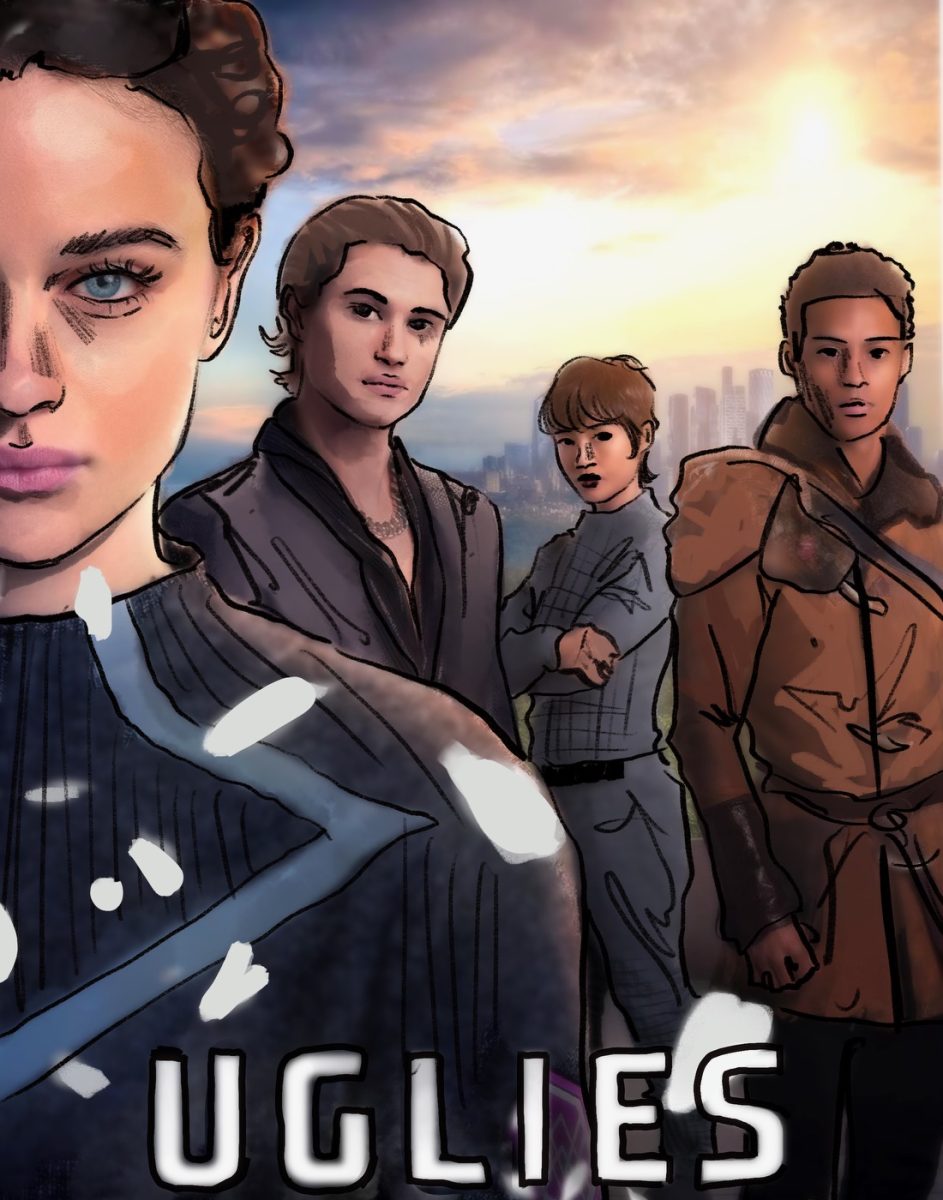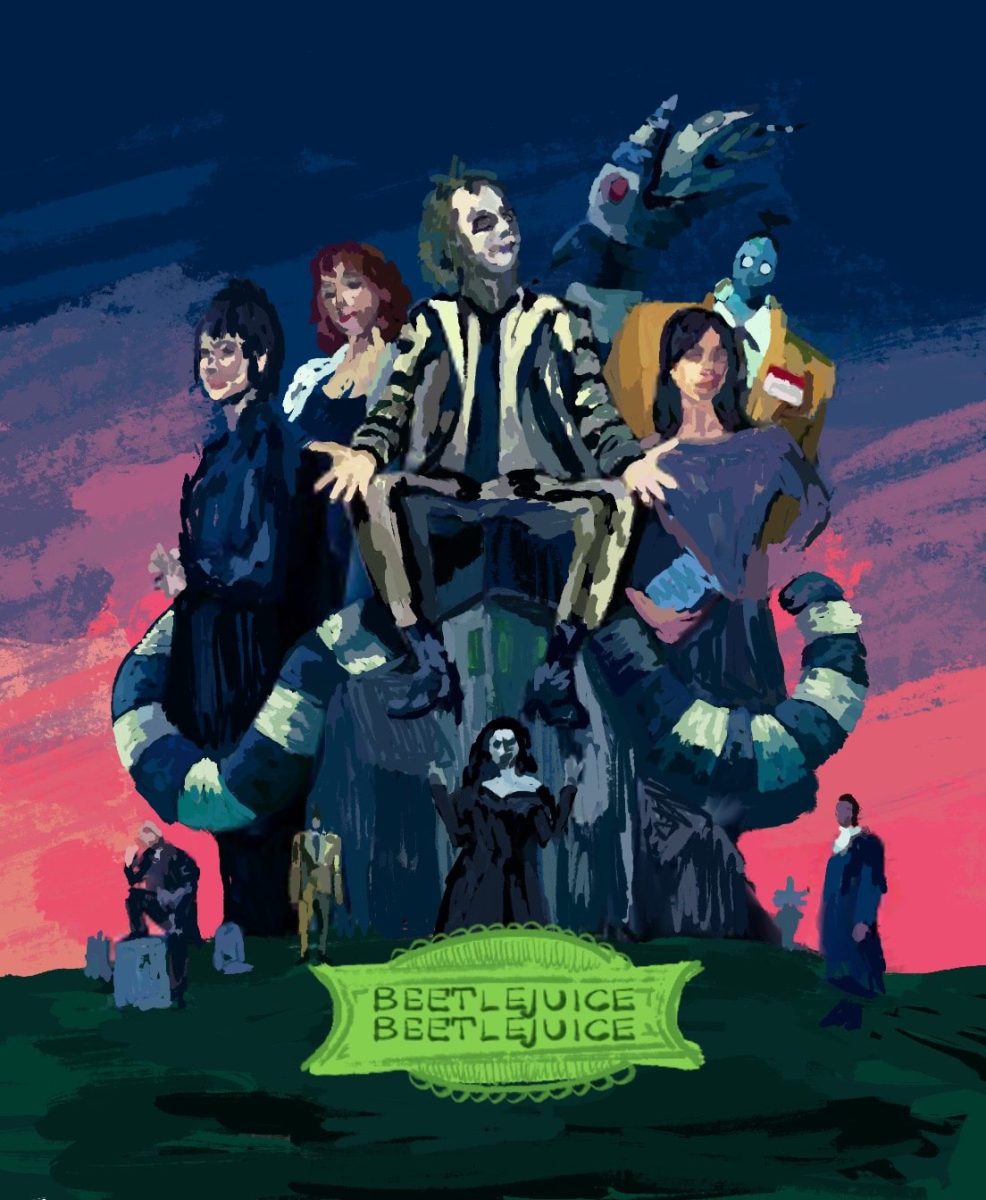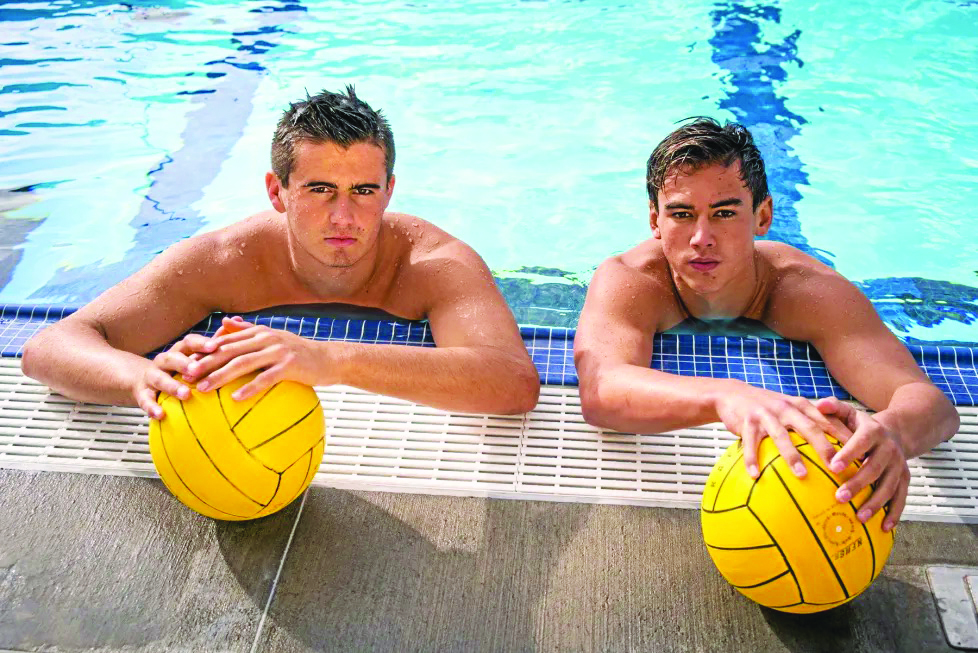Finding her inner peace
Ahimsa, non-violence. Santosha, contentment. Asteya, non-stealing.
These are just three of the eight virtues in yoga that Trishta Dordi ’15 used to shape her life during the summer.
“It takes dedication,” Dordi said. “Throughout the whole training, they said that whatever you give to this training is what you get out of it. It is kind of like school in that way.”
Dordi spent eight weeks, a total of 200 hours, training at Core Power Yoga to become an instructor. The training consisted mostly of adults in their late twenties and early thirties, but she said she enjoyed the wide range of ages and felt like part of a bigger family. After completing her hours, Dordi took both a written and physical exam, a process she said she found mentally invigorating.
“Just the things that they tell you, like how to be happier, how to change your perspective, to better yourself. It was a good, grounding place for me and that is why I wanted to try teacher training.”
Now certified to teach in most studios, Dordi plans to give private lessons to neighbors in her apartment building. Throughout college, she hopes to continue yoga as a part-time job in nearby gyms or studios.
Since her ninth grade year, Dordi had used yoga to improve her flexibility for track and cross country. But because of an injury that prevented her from running for the most of last season, Dordi increased the amount of yoga in her life to distract from her injury.
“It did not only help me through that injury, but it was also a mental recovery,” she said.
Through this process, Dordi said that she has learned better ways to relax, which she says is especially helpful because of the stressful environment at school.
“My training was more focused on breath and how the simple things in life can make you happy,” she said. “It was really about bringing you back to your roots and how it can make you a better person.”
Helping to hit the books
The attraction of being involved with another education-oriented charity is what inspired Alan Yousefzadeh ’15 to volunteer at the Freedom School for the first time in July.
“I chose to work there because the mission of the organization resonated with what I believe in,” Yousefzadeh said. “As cofounder of Bridge to a Brighter Future, a tutoring organization with a chapter at Harvard-Westlake, I thought it would be a great opportunity to be a part of another organization whose focus is also education.”
Seven students in total volunteered at the Freedom School: Yousefzadeh, Libby Sondheimer ’15, Rachel Persky ’15, Carly Berger ’15, Katie
Jones ’15, Katie Kreshek ’16, and Tess Haber ’17. Each student sent applications to a member of the Stephen S. Wise Freedom School earlier in the school year.
The Freedom School is a summer and after-school enrichment program part of the Children’s Defense Fund that enhances self-esteem, reading and writing skills, and classroom attitudes of children in kindergarten through sixth grade. The summer program officially operated from mid-June through July, but volunteers were welcome to come and go as they please.
“I really like working with kids and tutoring and stuff like that, and a lot of people I know had [volunteered at the Freedom School] and said it was amazing so I figured it would be fun to try,” Sondheimer said. “I also like how it was over a longer amount of time so it wasn’t just only a week. It was a substantial amount of time so I felt that I would actually be making a big difference and really helping.”
Elementary students were divided into classrooms of 10 to 12, while each classroom was paired with one teacher and an assistant; during class time, volunteers from Harvard-Westlake often worked as teacher’s assistants one-on-one with Freedom School students on classroom skills.
Books read in the classroom were chosen based on a predetermined theme for each week. Examples included “I can make a difference in myself” and “I can make a difference in my community.”
“The number one thing I learned was patience. But then I also learned how putting in a little time and giving my full attention to a kid that might not get it at home or at their school can really make a difference for them and make them feel great, because at their schools there are a lot of kids and not enough teachers so it’s easy to see that this one-on-one attention is really beneficial for them,” Sondheimer said.
Working behind the scenes
For most people, an summer internship means fetching coffee and filing paperwork. For Rachel Persky ’15 and Julia Safir ’15, however, it meant watching audition tapes and interviewing potential contestants for reality shows like Survivor and The Amazing Race. Persky and Safir participated in an internship for Lynne Spillman, a casting director for CBS. Both knew Spillman through family members.
“I contacted Lynne and told her how interested I am in everything she does, and how I would love to be all eyes and ears to her job over the summer,” Persky said. “She called me and interviewed me and told me I could start over the summer.”
Both students worked for four weeks, with one week of overlap, Monday-Wednesday from 9 a.m. to 5 p.m. This summer, Spillman’s team of casting directors worked on casting for “The Amazing Race”, a reality TV game show with teams of two people racing around the world in competition with other teams.
People who want to participate in the show must submit a video and, if they pass through this first step, travel to Los Angeles for an interview.
“Lynne made sure I was there for all the interesting things, like when we got to meet the contestants, and when she had me watch videos of applicants that sent in and stuff like that…. I would call them and interview them, or I would go onto the website where all the videos were submitted, or when the contestants actually flew into LA, I would help chauffeur them around,” Safir said.
Through her internship, Safir learned that casting is much more complicated than it seems, she said.
“There was a lot of psychology involved, which I didn’t really expect going into it,” Safir said. “Some people lie and say their relationship with their partner is different than it actually is, and you kind of have to be able to watch their body language and the answers they give and figure out whether they’re telling the truth.”
Still, Persky and Safir were not exempt from the typical intern duties, taking coffee orders and looking at contestant contracts. Both agree that this was their least favorite part of the job.
Even so, working this internship has sparked an interest for both in the casting business. Safir, who currently is looking to perform as a career, says that now casting has become a viable second option for her.
Persky even looks to work for Spillman again either during second semester or next summer.
“It was such a privilege working with Lynne and the rest of ‘The Amazing Race’ casting team,” Persky said. “I love seeing how the process works, and it was so cool being able to be exposed to the casting and production business.”

